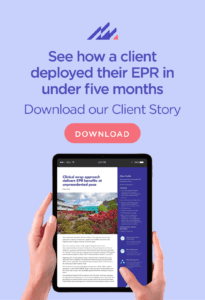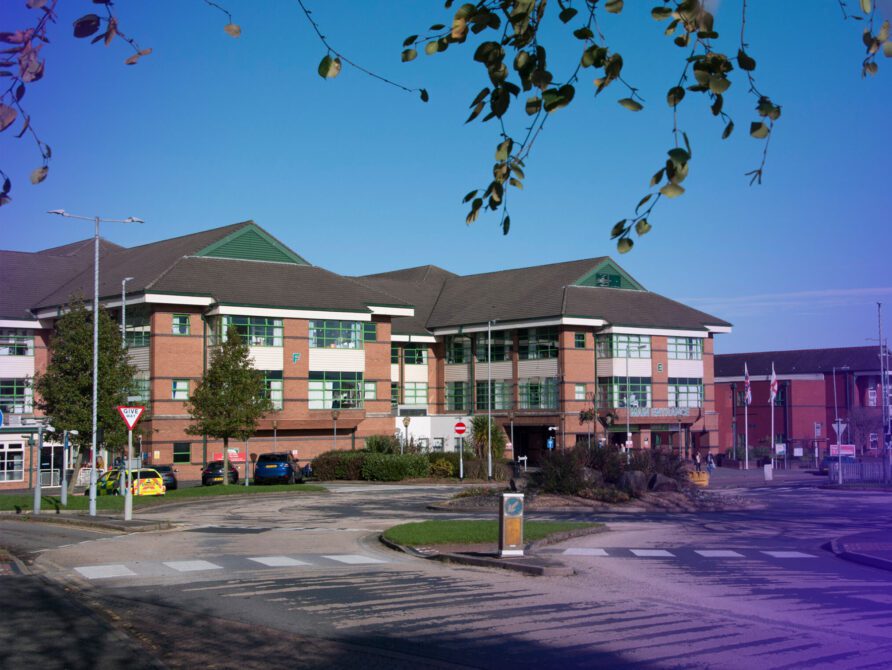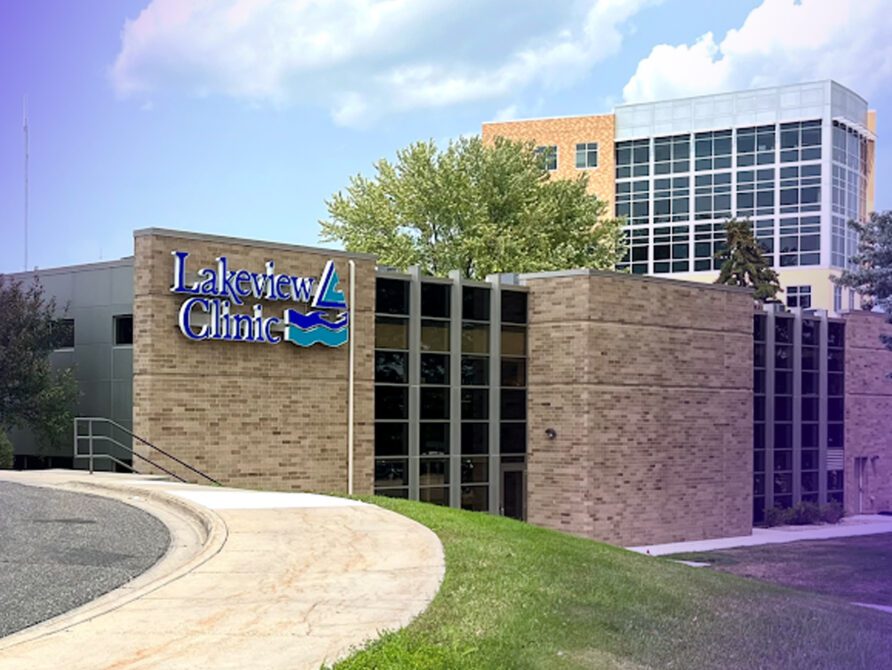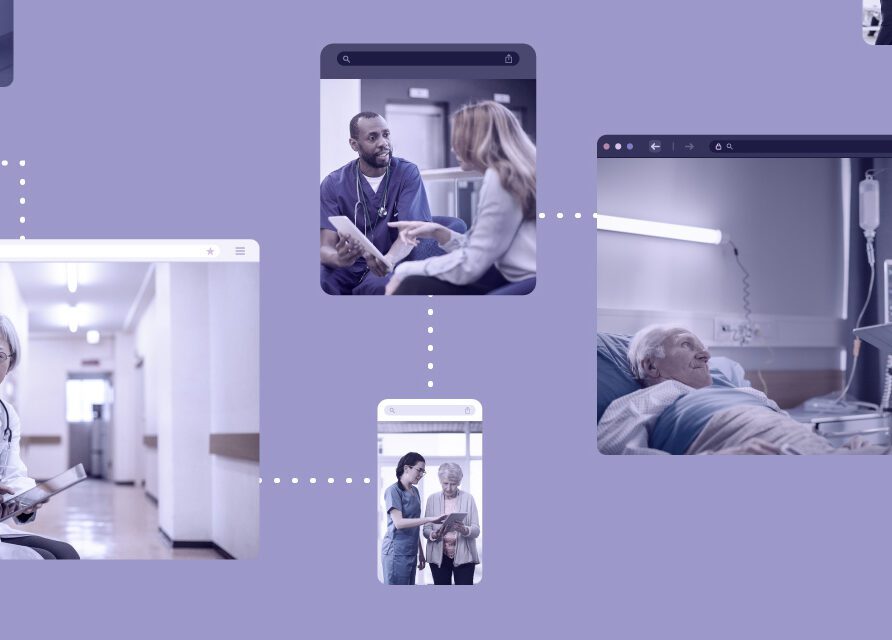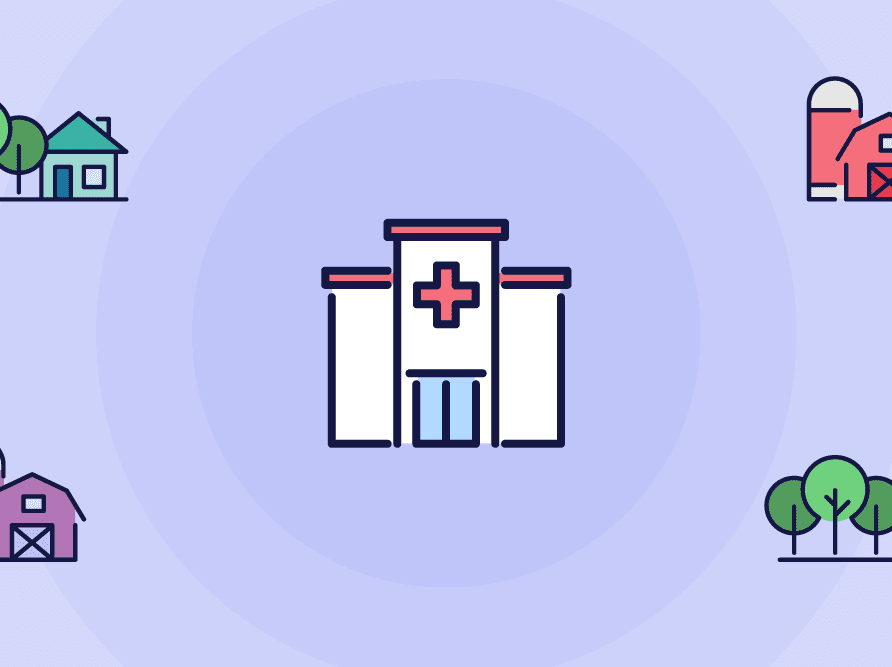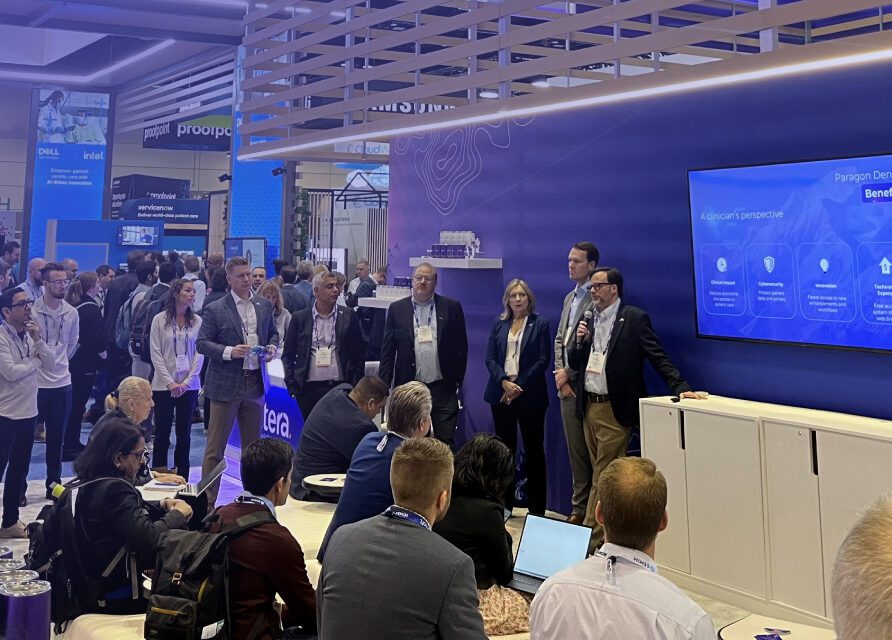Article
Do you want to hear a secret about EPRs?
I’ve gained a lot of valuable experience working for the NHS in various senior IT management roles. Because of this experience, I know that the ambitious plans set out by NHS England as part of the Frontline Digitisation Programme to level up the NHS’s digital capabilities with electronic patient records (EPRs) present a challenge and an opportunity for NHS trusts. However, we all have a common goal: we need to address the long-term health improvement goals and help recover our waiting lists post-pandemic in the most efficient and cost-effective ways that still make best use of NHS budgets.
EPRs have been identified as one of the five core enablers of the future state in the recent, ‘Who does what’ publication from NHS England Transformation Directorate. And with the multiple ongoing challenges already facing the NHS, news like NHS England’s tech budget cuts may not help NHS leaders who are wondering how they will be able to push their frontline digitisation plans forward and reach the basic levels of digital maturity quickly without having a pot of money readily available.
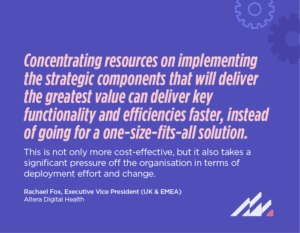 Cost vs benefit
Cost vs benefit
One of the biggest misconceptions about EPRs is that they must be expensive to implement and function. Aside from deployment being disruptive it may take years for real benefits to emerge, which can make justifying the investment even harder.
Spending on a big EPR price tag is not the only route towards gaining EPR benefits. At Altera, we’re here to tell you that EPRs don’t need to be as expensive as some perceive. They can be affordable, usable and deliver speed to value across the health ecosystem, for patients, clinicians and to the wider health economy, whilst being flexible and adaptable to enable incremental functionality to be added as both requirements and resources evolve. Most importantly, trusts don’t need to wait several years to see tangible benefits.
Firstly, let’s address the cost. Yes, EPRs can be expensive, but they don’t have to be and can offer incredible value for money for a lower investment. Trusts don’t need to rip-and-replace everything they may already have up and running. Concentrating resources on implementing the strategic components that will deliver the greatest value can deliver key functionality and efficiencies faster, instead of going for a one-size-fits-all solution. This is not only more cost-effective, but it also takes a significant pressure off the organisation in terms of deployment effort and change. Additionally, with advancements in technology, cloud-based systems reduce the need for more capital investment in expensive hardware and infrastructure.
A common myth might be that you often need central funding to be able to go live or deploy an EPR. Is this true?
I spoke to Mark Hutchinson, who recently left Gloucestershire Hospitals NHS Foundation Trust where he had a role of CDIO, this very question: “I have been involved in the procurement and successful implementation of three EPRs in large acute hospitals over the last 10 years, and we’ve never used national funding. I’ve been fortunate enough to work in organisations that have seen the value of implementing an EPR and that have wanted to do so in an economical and quick way. And so, working with [a health IT partner] like Altera to leave the path in place and to implement clinical functionality in a quick and cost-effective way—which has delivered benefits for patients within a year—has helped.”
Secondly, focusing on core clinical functionality and rationalising speciality-specific configuration and consistent protocolised documentation can not only ensure consistent documentation but also help clinicians follow local guidance. Our Sunrise blueprint configuration provides a launchpad for trusts to accelerate their configuration journeys, saving time in design and development whilst also embedding lessons learned from other NHS sites. This proven methodology has enabled our clients to deploy and adopt key functionality with user input without incurring exorbitant costs or longer timescales to deploy. This approach is open, flexible and works across the entire health IT ecosystem and can be deployed without significant disruption to healthcare services.
 We know that one thing that is important about EPRs is having the flexibility to configure them. I also asked Mark if he believes that’s true.
We know that one thing that is important about EPRs is having the flexibility to configure them. I also asked Mark if he believes that’s true.
“At Gloucester, I led the team that implemented Altera Sunrise. It was important to us that we had a solution that was as configurable as possible locally. So, we were able to take changes that clinicians wanted today, and we could go live with tomorrow. We didn’t have to go through lengthy change-control processes. If our clinicians required a change to a process, we were able to make that happen straight away. And that was important for engaging with people across the organisation. The IT doesn’t require them to work differently—the IT supports them to deliver the best patient care possible.”
We have proven that an EPR can be implemented efficiently in months, not years, without any compromise on quality, safety or usability at trusts like Gloucestershire Hospitals NHS Foundation Trust and Medway NHS Foundation Trust, which both deployed their EPRs in under six months. These healthcare organisations have documented positive clinician adoption and are reaping EPR benefits sooner rather than later, leading to a better experience for both patients and clinicians.
Benefits earlier than expected
Despite challenges presented by COVID-19, Gloucester went live, and the organisation realised benefits earlier than planned, with the EPR investment returning up to £10 of savings for every £1 invested. At Medway, clinician feedback has also been strong and the EPR is transforming workflows and having a positive impact on patient safety.
In conclusion, with the summit of healthcare in our view, we know it is possible to deploy an EPR that improves patient care, delivers efficiency savings and clinical value without the big EPR price tag, and you don’t need wait years to deploy it and risk organisational chaos by not unnecessarily replacing your PAS.
Our platform approach to solutions provides a fast, flexible, and clinically driven roadmap towards digital maturity—across integrated care systems. By keeping the human user at the centre of our design methodology, we are supporting health and care teams through every step of their journeys while improving lives today.
To learn more about why you should choose Sunrise EPR to help you achieve more every day, please click here.

